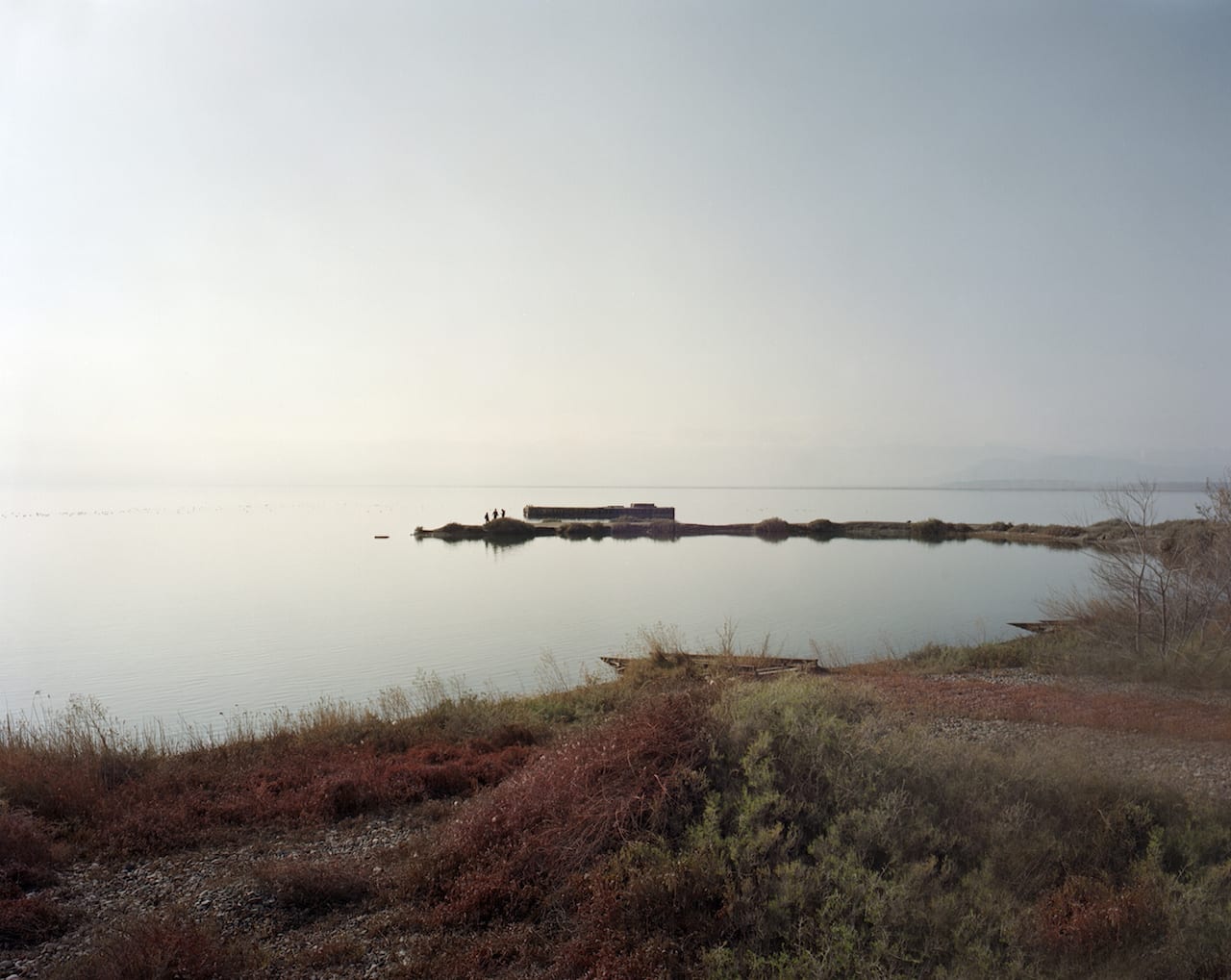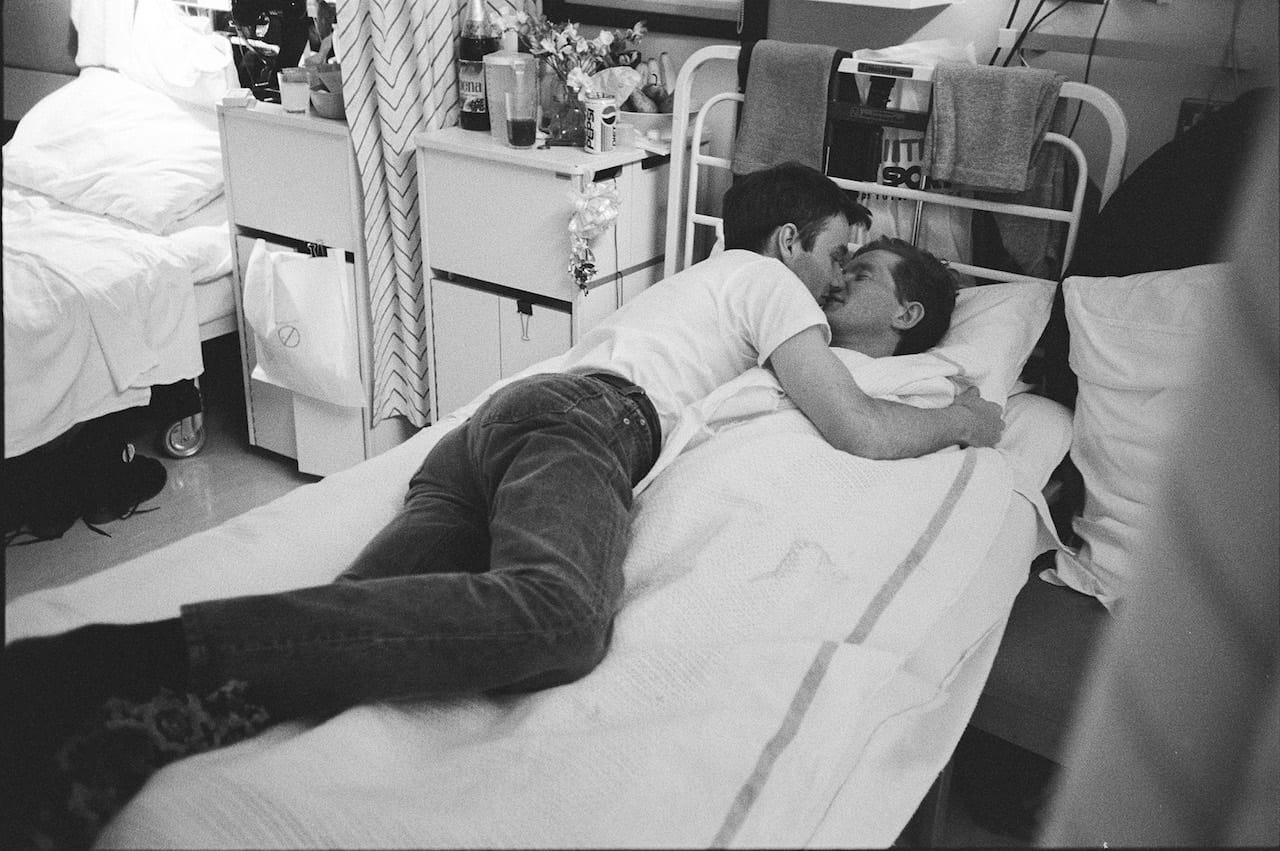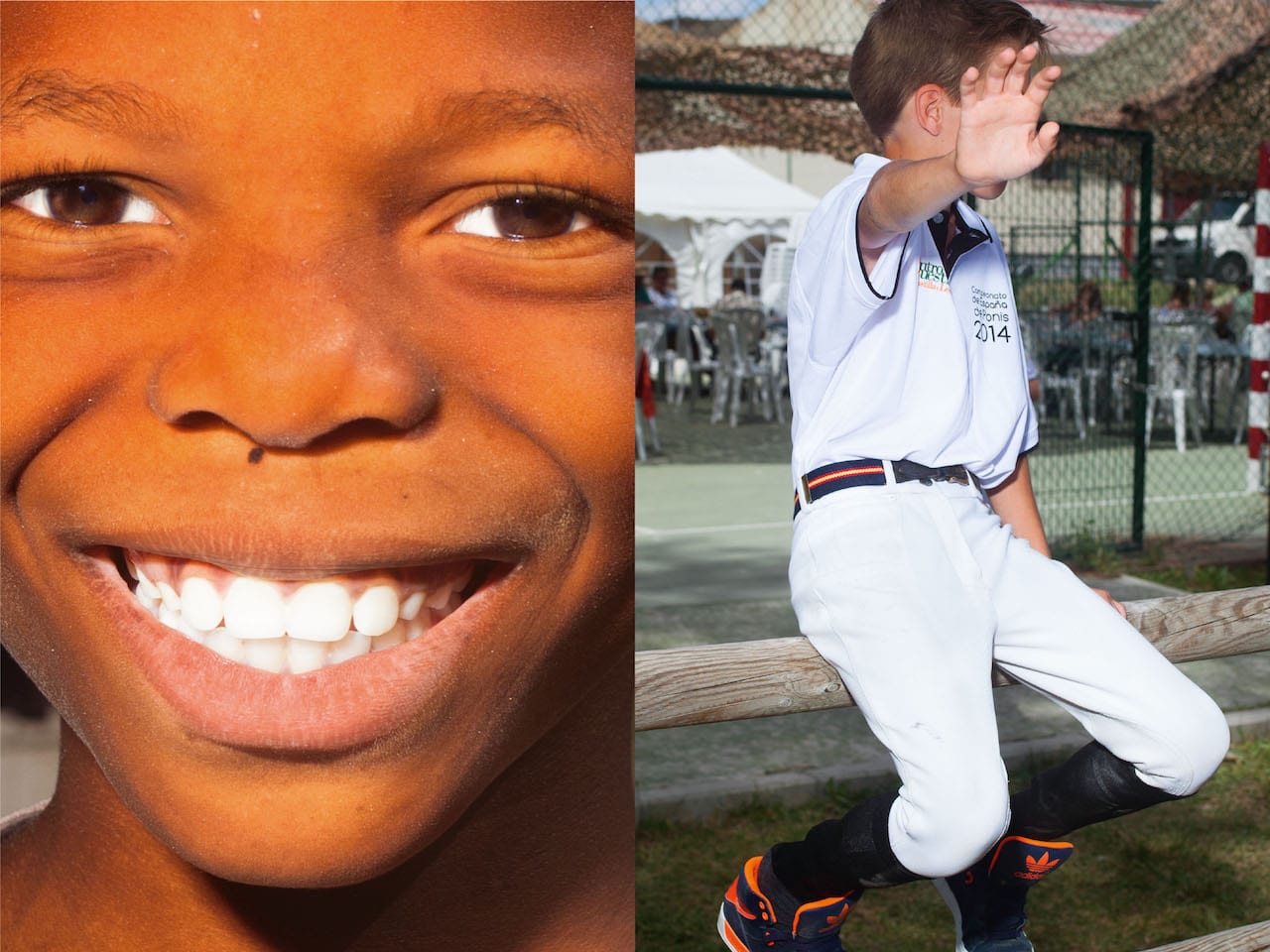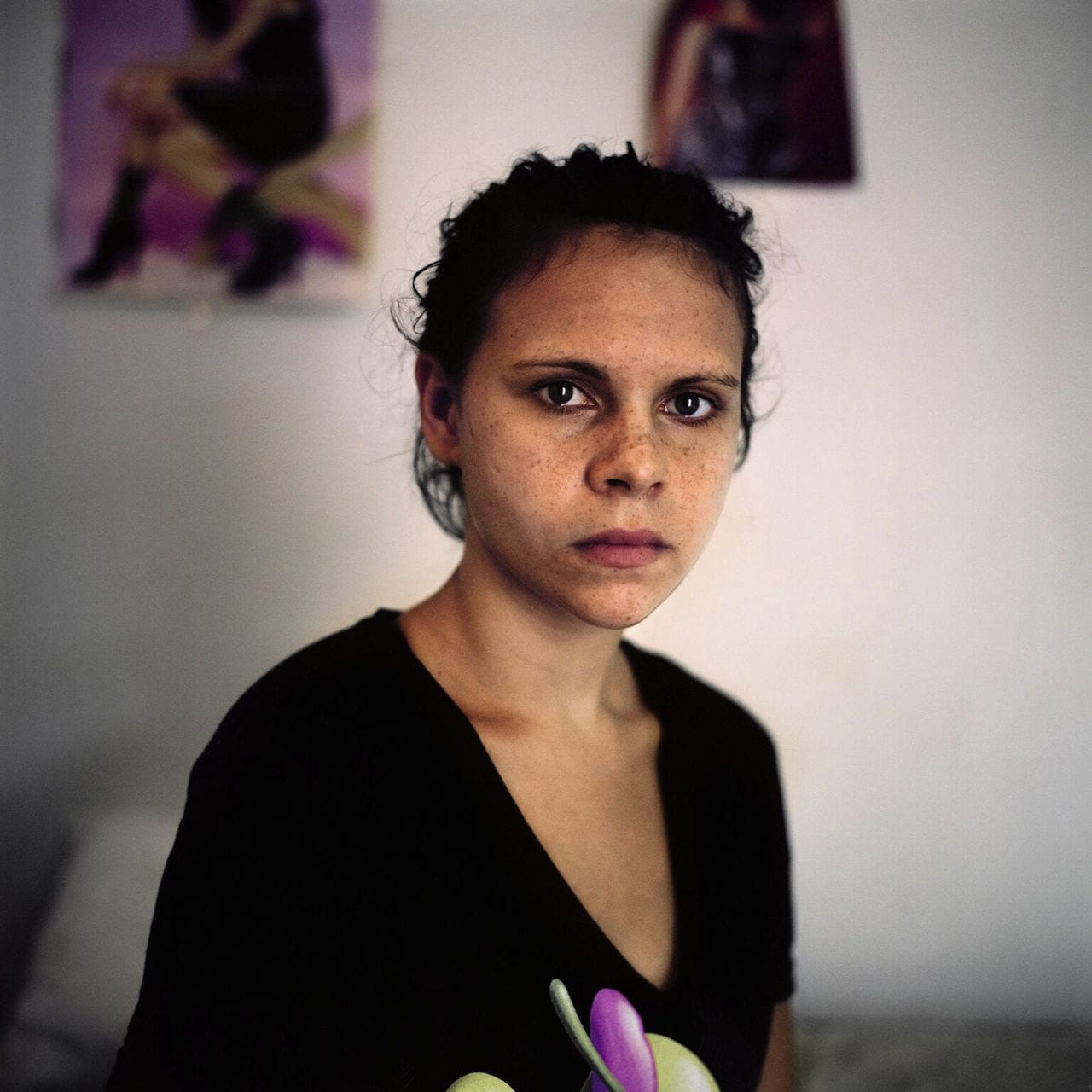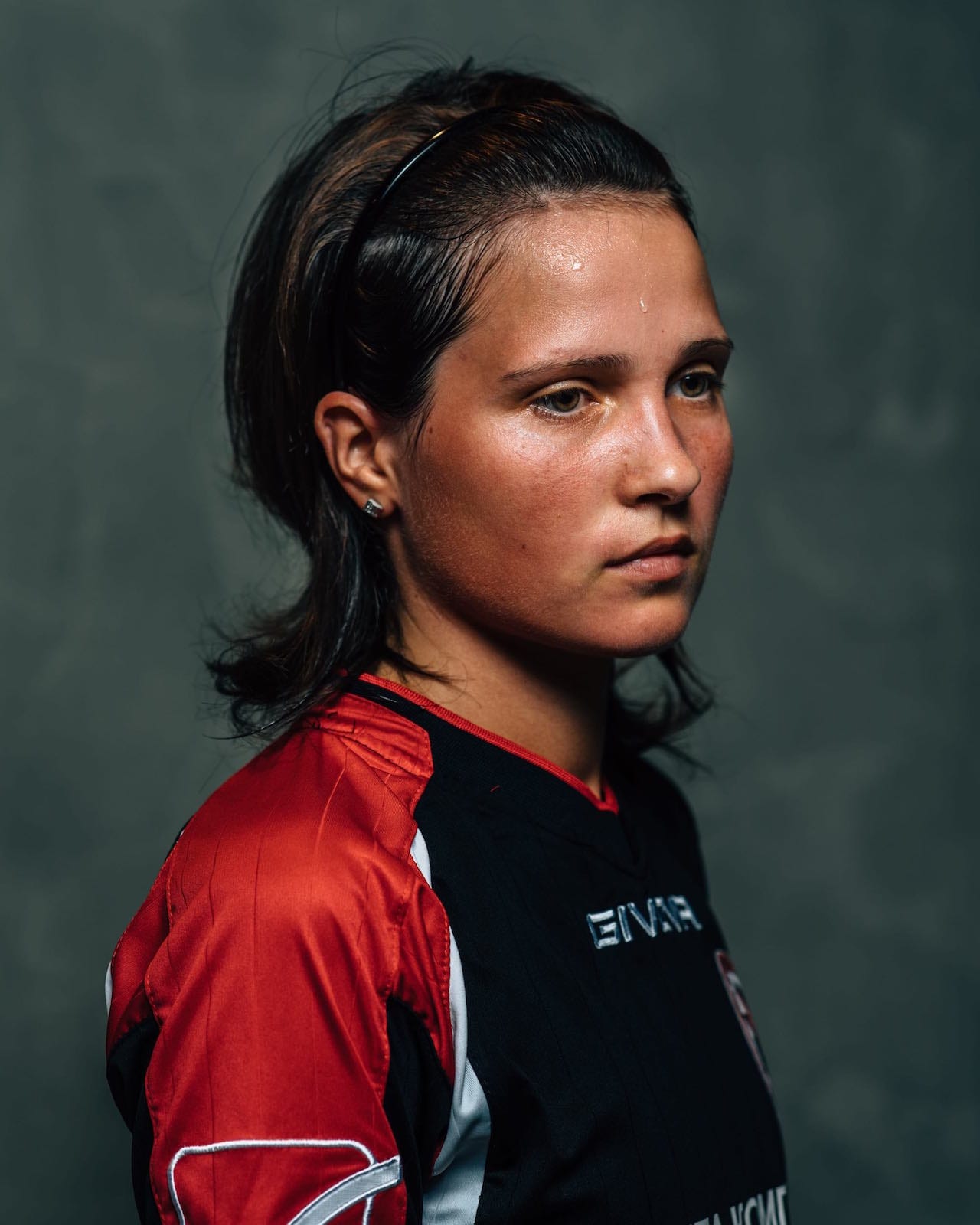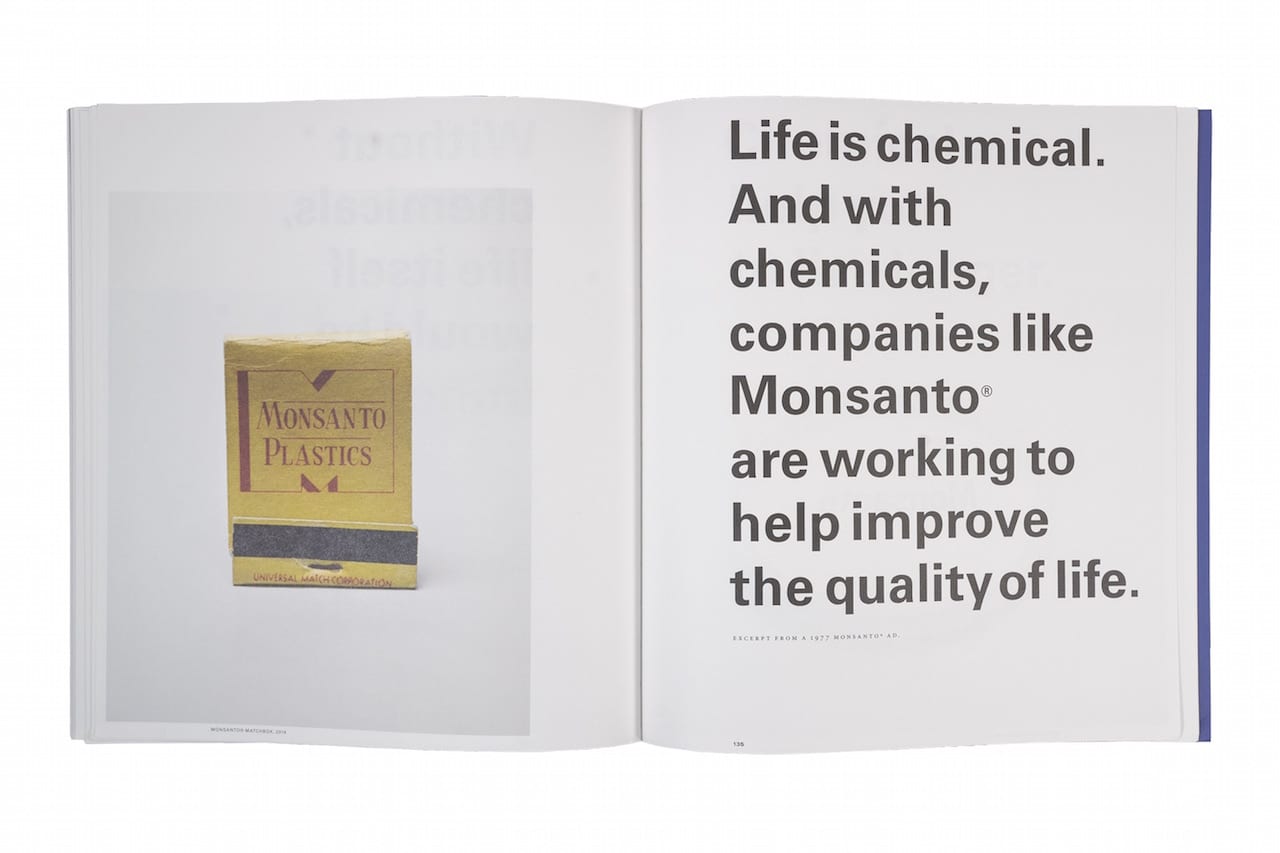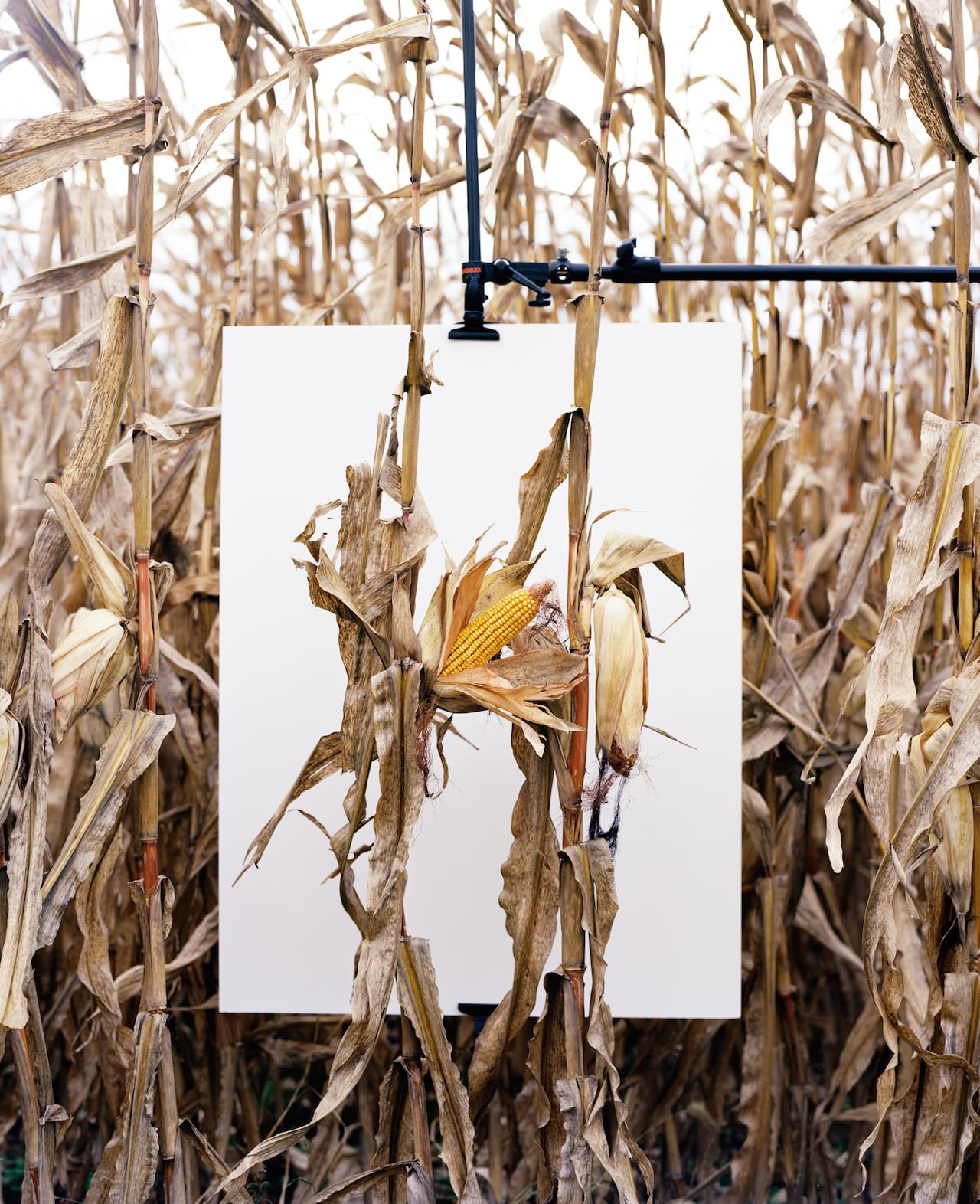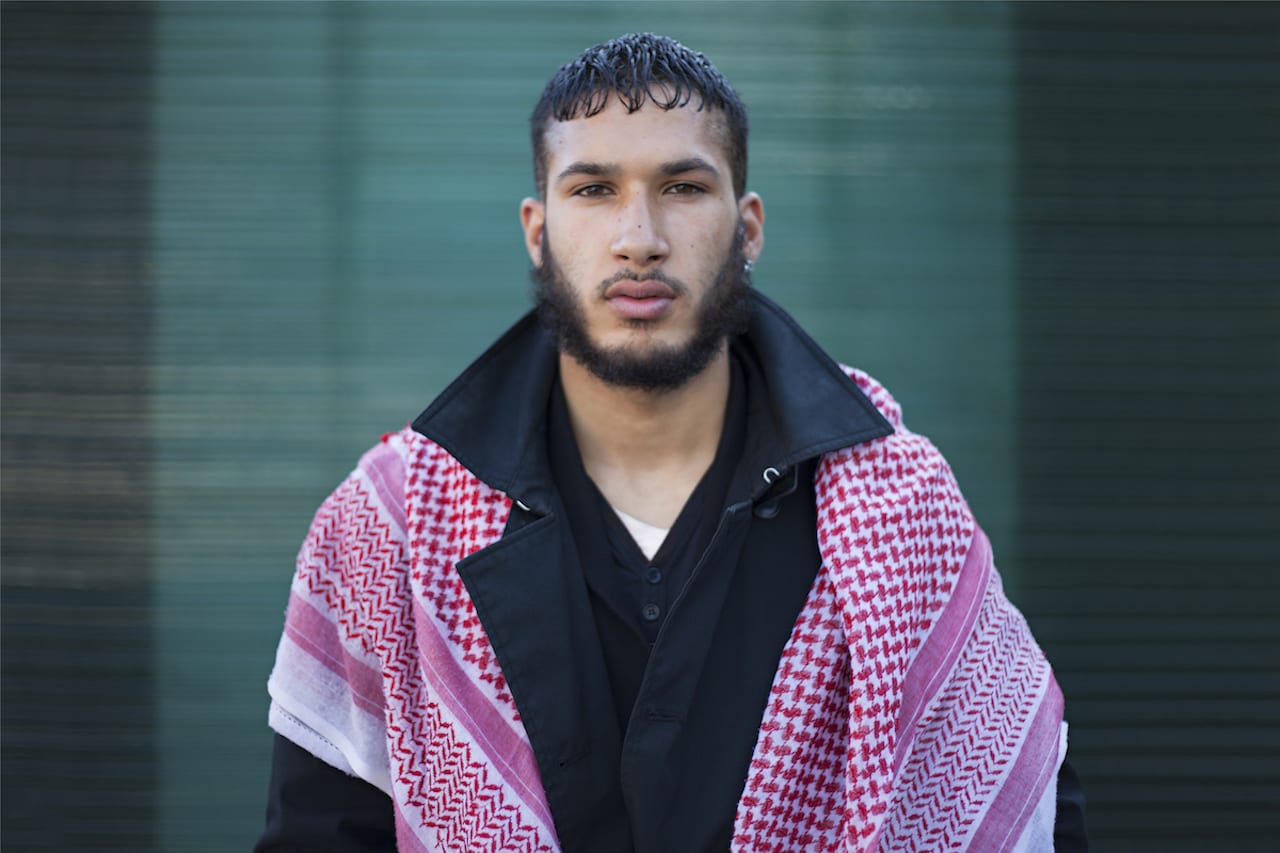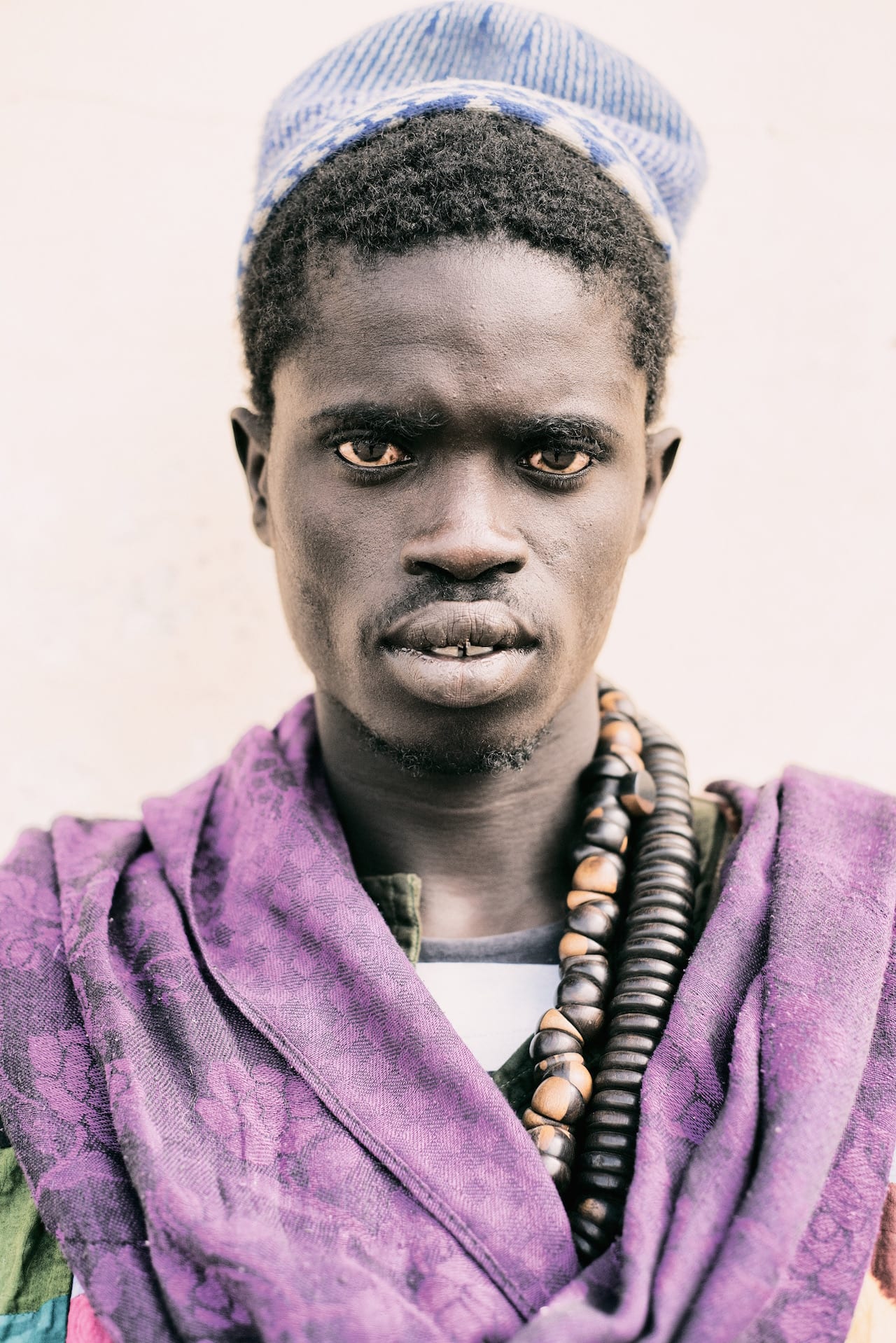French documentary photographer Elliott Verdier’s A Shaded Path highlights the endless paradoxes of a region fossilised by its longstanding history of being forgotten. Kyrgyzstan is a peculiar place, completely landlocked by mountain ranges – a feature that has preserved its culture while simultaneously reinforcing its susceptibility to external domination. Since its official relinquishment from Soviet control in the early 1990s, the country has returned to its resting state of self-sufficient isolation. From October 2016 to February 2017, Verdier photographed Kyrgyzstan’s industrial factories, embedded in sprawling landscapes that are populated by the touching subjects in his accompanying portraits. Shortly after settling into his daily routine, the photographer began to notice a marked difference between the collective nostalgia of the country’s older and younger generations
